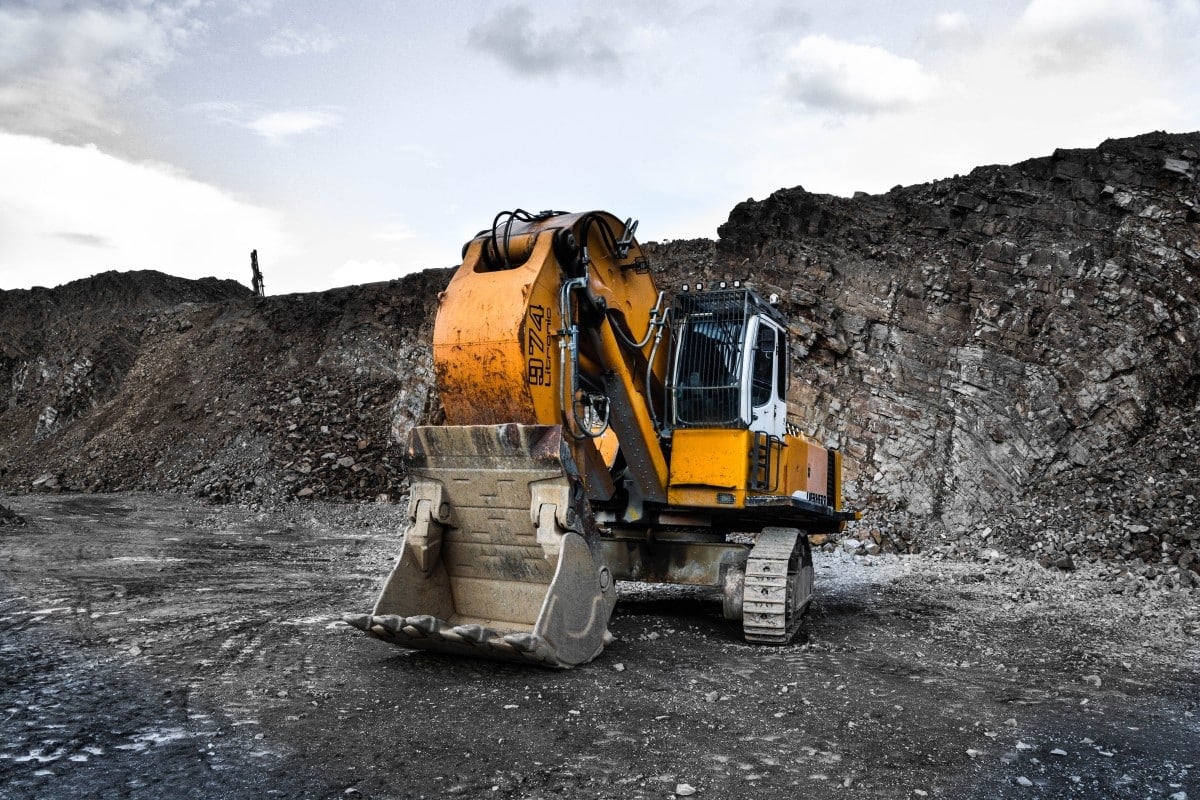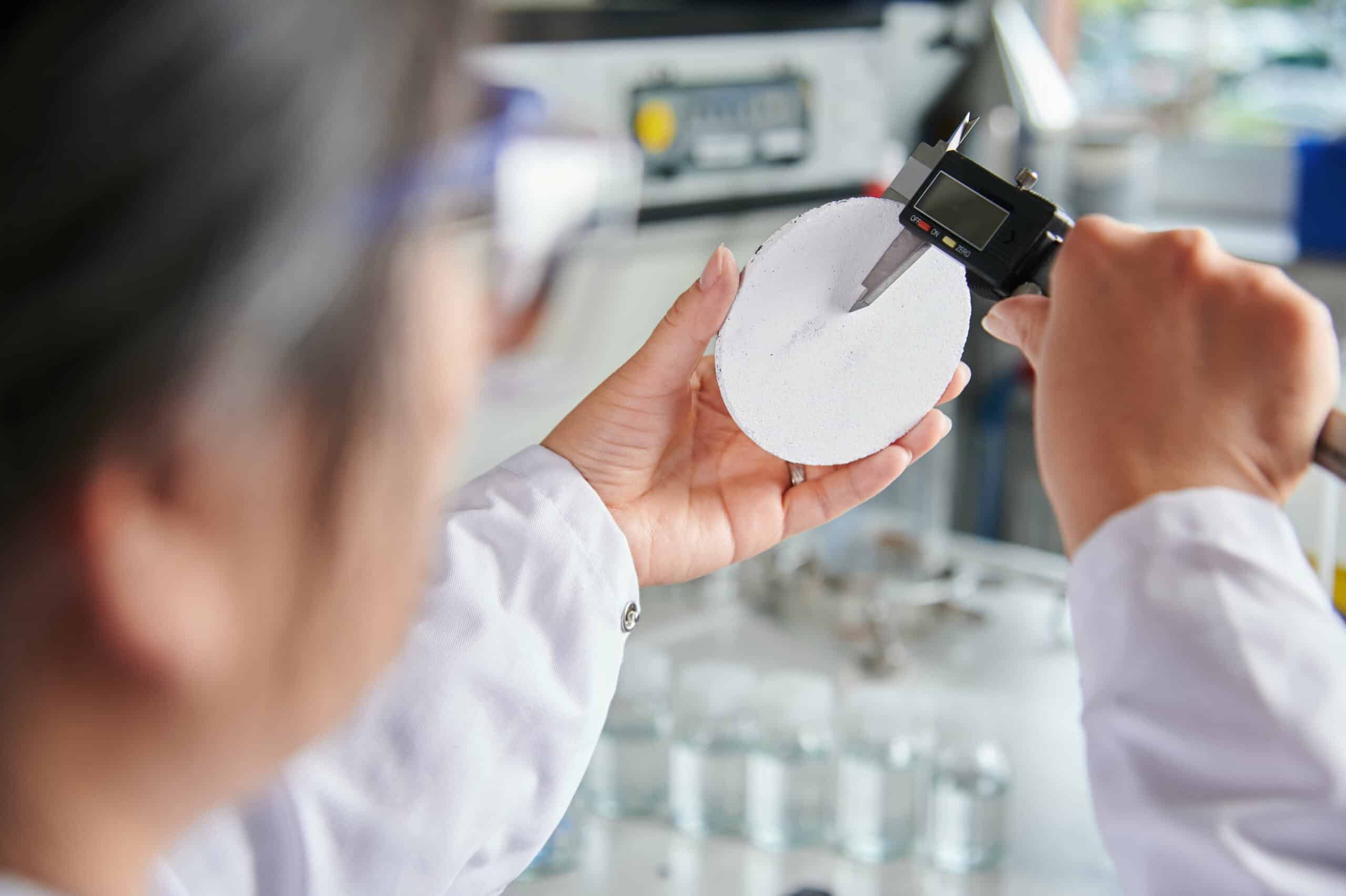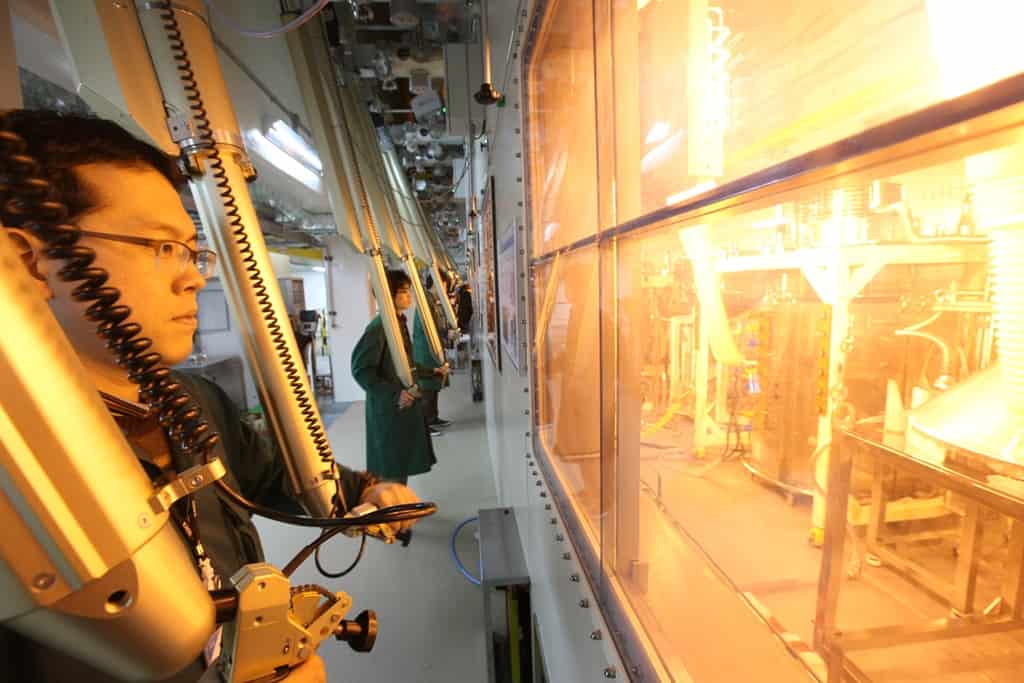
In Austria, two thirds of excavated soil material are disposed of unchecked. If the building owners wanted to recycle it as compost, they would have to have it tested for heavy metal contamination according to the law. This hurdle is gladly bypassed. Researchers see this as a careless handling of the valuable raw material earth and support a rethinking with optimized quality assurance methods.
EXCAVATED SOIL LARGEST WASTE FRACTION
Construction activities generate enormous quantities of excavated material, which is the soil that has to give way to the building object. This is the largest waste fraction in Austria and is estimated at 33 million tons per year. Only one third of the excavated soil material is recycled, the rest is landfilled. At the same time, the brisk construction activity causes soil destruction through sealing. There should be a balance, says Martin Wellacher, researcher at the Chair of Waste Utilisation and Waste Management at the University of Leoben. The scientist sees this as a careless handling of the valuable raw material earth. Resources are limited and once the soils have been destroyed, they are irretrievable.
PROBLEM OF HEAVY METAL POLLUTION
Especially soils in urban areas could be contaminated with heavy metals. Recycling as compost soil would require a legally prescribed quality assurance, a chemical analysis in the laboratory. For economic reasons, many building owners do without quality assurance and dispose of the excavated soil as waste. If recycling companies are involved, they face the problem of accepting excavated soil which quality they do not know. A risk that arises from a legally unregulated area, says Wellacher.
VALUABLE EARTH ON THE LANDFILL SITE
Practice shows that only a small proportion of the recycled excavated soil has to be recycled – into building materials such as sand and gravel. The bulk, however, has compost soil quality and is suitable for re-cultivation. This suggests that with the excavated soil a lot of valuable soil ends up in the landfill. Recycling is easy. The earth only needs to be sieved to remove large stones, Wellacher explains.
TEAM OF TECHNICIANS AND SCIENTISTS
In the project ReSoil, a research team led by Wellacher addressed this problem. Cooperation partners were the University of Natural Resources and Life Sciences Vienna and the company Poschacher Kompost. From a technical and scientific point of view, the problem can only be solved by optimizing the current quality assurance method, as Wellacher emphasises. A turnaround would also require the will of the law.
CHEMICAL ANALYSIS DOES NOT SAY EVERYTHING
The current quality assurance method is an overall assessment. Twenty-five individual samples are systematically taken from two to seven thousand cubic meters of heterogeneous excavated soil. These are sieved until only a few grams are left. In the subsequent chemical laboratory test, the concentration of one element is decisive. From a scientific perspective, this is a problematic approach. Chemical analysis does not say everything. The effect of soil composition on groundwater is not considered at all. Other analysis options have to be created, says Wellacher.
SOIL PROCESSES ARE COMPLEX
Chemical laboratory analyses from the past have shown that excavated soil material from naturally grown soils can also be eliminated due to heavy metal contamination. For example, soil from mining regions where metals such as ore, copper, silver, lead or tungsten are mined and then detected in the excavated soil.
Soil processes are very complex. There are many interactions. Whether heavy metal sinks into the groundwater depends on the type of excavated soil material. There are materials that are more permeable and heavy metals that are more mobile. If a material contains copper, this does not mean that the copper is also available and dangerous. You have to analyze how strongly it is bound in order to be able to give an opinion on the danger to humans.” Martin Wellacher
The ReSoil project has developed various methods to ensure that the recycled excavated soil keeps drinking water clean and that the plants growing on it have food and/or feed quality. The focus was on the permeability of the excavated soil material and its nutrient content.
TESTING THE SOIL FOR NUTRIENT CONTENT
When testing for nutrient content, plants are cultivated in the excavated soil material and subjected to a growth test. Growth and harvest weight are measured. The results of the chemical extraction showed that different heavy metals dissolve differently and that the plants react differently to the different heavy metals. Salad proved to be a particularly suitable test plant, as it only develops stunted plants in soils rich in heavy metals and thus showed the effects of the heavy metal.

TESTING SOIL FOR PERMEABILITY
The permeability test is used to test how heavy metals sink into the groundwater in a closed plant cover. The test takes place ex situ at the recycler’s plant. The excavated soil material is prepared in two containers. One container contains ten liters and the other one a cubic meter. As Wellacher explains, the effort is manageable. The recycler had to take one to two hours per sample, carry out regular checks for three to eight weeks and record the interim results. The chemical evaluation, however, requires a report from the laboratory.
MORE QUALITY IN RECULTIVATION
However, quality assurance also extends to the re-cultivation process, which to date has been handled on a low-threshold basis. A classic case is the client who wants to hand over a green area. For this purpose, a surface layer of twenty centimeters is applied. This is enough to allow a lawn to grow. Wellacher sees this as a purely cosmetic measure. The requirements for re-cultivation are considerably higher.
With our quality assurance method for excavated soil, we decide not only on landfill or recycling, but also on higher and lower-value recycling. From a soil science point of view, forty centimeters of soil should be used. Even better would be a two-layer structure of soil and stone. The required productivity and water retention capacity cannot be achieved in twenty centimeters. Many plants also need deep soils to grow”. Martin Wellacher






